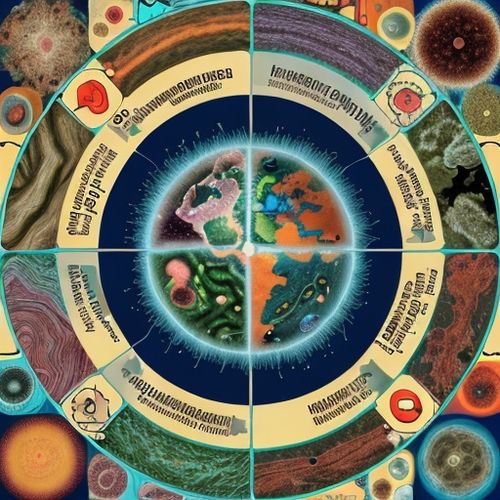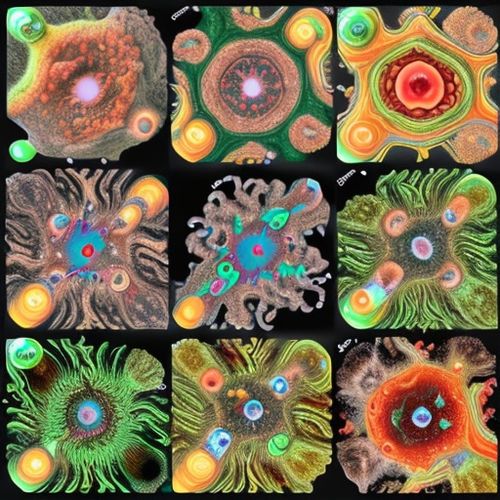The world of advanced materials has witnessed a groundbreaking development with the emergence of nanodiamond thermal conductive coatings, a technology poised to revolutionize heat management across industries. Unlike traditional thermal interface materials, these coatings leverage the exceptional thermal properties of nanodiamonds – carbon structures measuring mere billionths of a meter – to achieve unprecedented heat dissipation capabilities. What makes this innovation particularly remarkable is how it combines the legendary hardness of diamonds with quantum-scale phenomena to solve one of engineering's most persistent challenges: keeping high-performance systems cool under extreme operational stresses.
At the heart of this technology lies a fascinating paradox. Diamond, known for its sparkling beauty in jewelry, reveals entirely different but equally valuable characteristics when reduced to nanoscale dimensions. Researchers have discovered that nanodiamond particles suspended in specialized matrices can conduct heat up to five times more effectively than conventional thermal pastes or greases. This isn't merely an incremental improvement; it represents a paradigm shift in how we approach thermal management in electronics, aerospace applications, and energy systems. The coatings work by creating an ultra-efficient network for phonon transport – the quantum particles responsible for heat conduction in solids – across interfaces where temperature differentials would normally create bottlenecks.
The manufacturing process behind these coatings reads like alchemy transformed into rigorous science. Through precisely controlled detonation synthesis, researchers create nanodiamonds with tailored surface chemistry that allows them to disperse evenly in polymer matrices without clumping. This uniform distribution is crucial, as any aggregation would create thermal barriers rather than pathways. Advanced deposition techniques, including electrostatic spraying and plasma-enhanced chemical vapor deposition, enable the creation of coatings that are simultaneously thin (often just microns thick) and exceptionally thermally conductive. Recent breakthroughs have focused on functionalizing the nanodiamond surfaces with specific molecular groups that enhance both their dispersion characteristics and their bonding with substrate materials.
Industrial applications are already emerging at a rapid pace. In the electronics sector, major chip manufacturers are testing nanodiamond coatings as thermal interface materials for next-generation processors where traditional solutions are reaching their physical limits. Early results show temperature reductions of 15-20°C in GPU applications, which could translate to either significantly longer component lifetimes or the ability to push performance envelopes further than previously thought possible. The aerospace industry has taken particular interest in these coatings for thermal management in satellite systems, where the combination of extreme temperature fluctuations and vacuum conditions makes conventional solutions inadequate.
Perhaps the most surprising development has been in biomedical applications. Researchers at several leading universities have demonstrated that certain formulations of nanodiamond coatings can enhance heat transfer in prosthetic devices while remaining biocompatible. This dual functionality opens possibilities for advanced neural interfaces and other implantable technologies where thermal management is critical but material safety cannot be compromised. The coatings' inherent hardness also provides wear resistance, making them attractive for moving parts in medical devices.
Despite these exciting developments, significant challenges remain in bringing nanodiamond thermal coatings to widespread adoption. Production costs, while decreasing, still limit applications to high-value sectors. There are also ongoing research efforts to better understand long-term stability under various environmental conditions. However, with several major materials companies now investing heavily in production scale-up and application development, industry analysts predict the market for these coatings could grow tenfold within the next five years as new formulations address current limitations and find applications in additional sectors.
The environmental implications of this technology are only beginning to be explored. Unlike many high-performance thermal materials that rely on rare or toxic elements, nanodiamond coatings are carbon-based and can potentially be produced using sustainable methods. Some researchers are even investigating methods to synthesize the nanodiamonds from carbon capture streams, which could transform this advanced material into a carbon-negative technology. As sustainability becomes increasingly central to materials development, this aspect may prove as valuable as the coatings' remarkable thermal properties.
Looking ahead, the evolution of nanodiamond thermal coatings appears set to follow an exponential rather than linear trajectory. Research groups worldwide are reporting new breakthroughs at a remarkable pace – from self-healing formulations that repair minor damage automatically to hybrid coatings that combine thermal conduction with electrical insulation or even antimicrobial properties. What began as a laboratory curiosity has blossomed into one of the most versatile advanced materials to emerge in recent years, with potential applications spanning from quantum computing to renewable energy systems. As manufacturing processes mature and our understanding of nanodiamond behavior at interfaces deepens, these coatings may well become as ubiquitous in thermal management as silicon is in electronics – a quiet revolution hidden in plain sight, keeping our increasingly power-hungry world running cooler and more efficiently.

By Thomas Roberts/Apr 19, 2025

By Michael Brown/Apr 19, 2025

By Victoria Gonzalez/Apr 19, 2025

By Benjamin Evans/Apr 19, 2025

By Eric Ward/Apr 19, 2025

By Emily Johnson/Apr 19, 2025

By David Anderson/Apr 19, 2025

By Olivia Reed/Apr 19, 2025

By Emma Thompson/Apr 19, 2025

By William Miller/Apr 19, 2025

By Laura Wilson/Apr 19, 2025

By Emma Thompson/Apr 19, 2025

By John Smith/Apr 19, 2025

By John Smith/Apr 19, 2025

By James Moore/Apr 19, 2025

By Michael Brown/Apr 19, 2025

By John Smith/Apr 19, 2025

By Noah Bell/Apr 19, 2025

By Emma Thompson/Apr 19, 2025

By Benjamin Evans/Apr 19, 2025